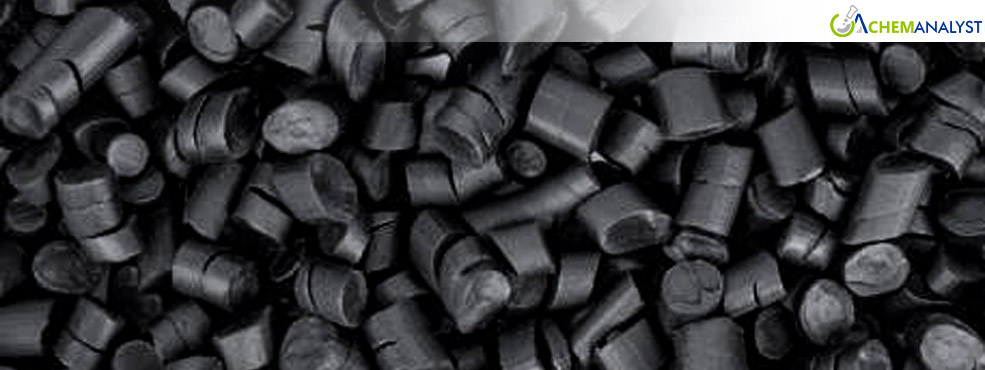Polyphenylene Sulfide (PPS) Prices Decline in Asia-Pacific as NEV Sector Drives Market Shifts
- 25-Mar-2025 3:30 PM
- Journalist: Peter Schmidt
Polyphenylene sulfide (PPS) prices fell across the Asia-Pacific region in March 2025, showcasing changes in demand dynamics. There were big drops in sale prices in South Korea and Thailand, while China also registered some decline. However, India's import prices did go up a little. The changing prices show how the market fundamentals are evolving. The New Energy Vehicle (NEV) business is the main driver of PPS demand. The rise in NEV production in Asia is changing prices and supply chain plans for high-performance materials like PPS in the area.
Highlights:
-
China is producing over 13 million units annually, keeping up with dominance in the NEV industry.
-
The demand remains strong in its downstream industry in EVs and industrial sectors.
-
Automakers are focusing on advanced technology and international market penetration.
-
Global NEV Expansion and PPS Demand
Government-backed incentives driving China’s NEV sector have made it a significant worldwide force. Supported by a well-established domestic supply chain, Zheng Shanjie, president of China's National Development and Reform Commission, declared the country now manufactures more than 13 million NEVs yearly. Growth is pushing the demand for sophisticated materials such as polyphenylene sulfide (PPS), which is widely employed in under-the-hood applications, connections, and battery components.
Xiaomi's latest EV model, the SU7 Ultra, got more than 10,000 orders within hours of its introduction, proving the growing consumer demand for NEVs. The worldwide attraction of Chinese NEVs is further shown by BYD of China, which reported 67,025 units sold outside in February 2025. Notwithstanding the NEV industry's growth, nevertheless, falling PPS prices in China and South Korea point to supply chain changes and material market cost constraints.
The NEV industry’s consistent growth ensures a consistent need for lightweight automobile uses. Leading the way in China, the largest market for polyphenylene sulfide, are electric vehicle (EV) manufacture and exports.
On the other side, steady demand from the industrial and automotive industries caused India's PPS market to experience a little price rise. The usage in the next months is projected to be driven by the country's drive for electric mobility and infrastructure expansion.
In Thailand’s economy, the car sector is gradually looking for high-performance polymers, while current statistics indicate that PPS pricing in Thailand is still underreported. While recent price declines point to potential supply chain modifications and cost reductions, South Korea's electronics and automotive sectors continue to drive PPS demand.
Looking Ahead
Despite fluctuation in prices Polyphenylene sulfide (PPS) has great demand in the APAC region. Fast growth in its downstream sector, NEV has advanced in producing lightweight materials for automobiles, sustaining demand. By all means of calculated partnerships and entry in the market Chinese NEV carmakers are likewise extending their limits around the globe. The PPS market is predicted to remain stable with consistent innovation and incentives from the government. These factors will sustain ongoing growth in the car market.



